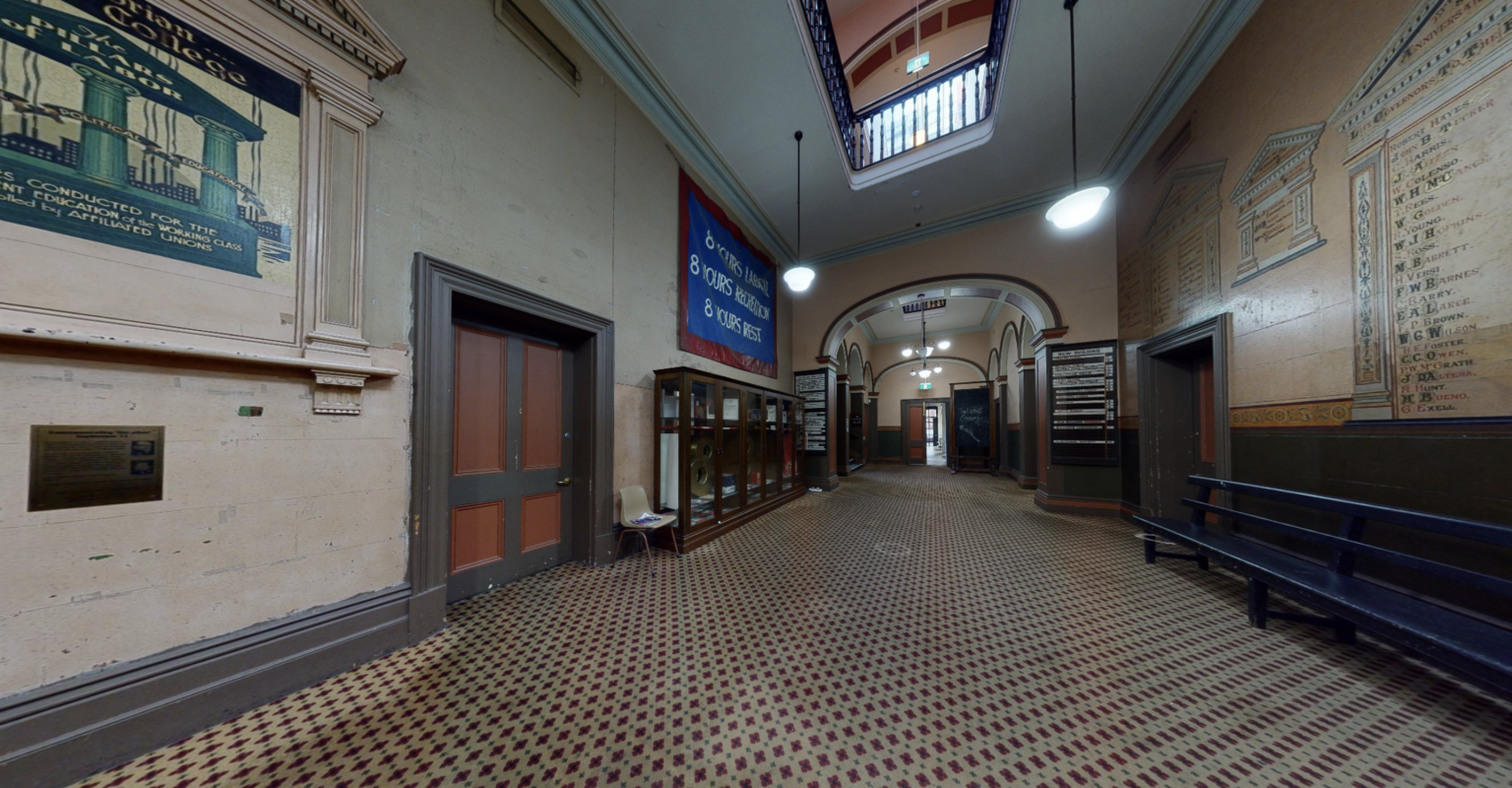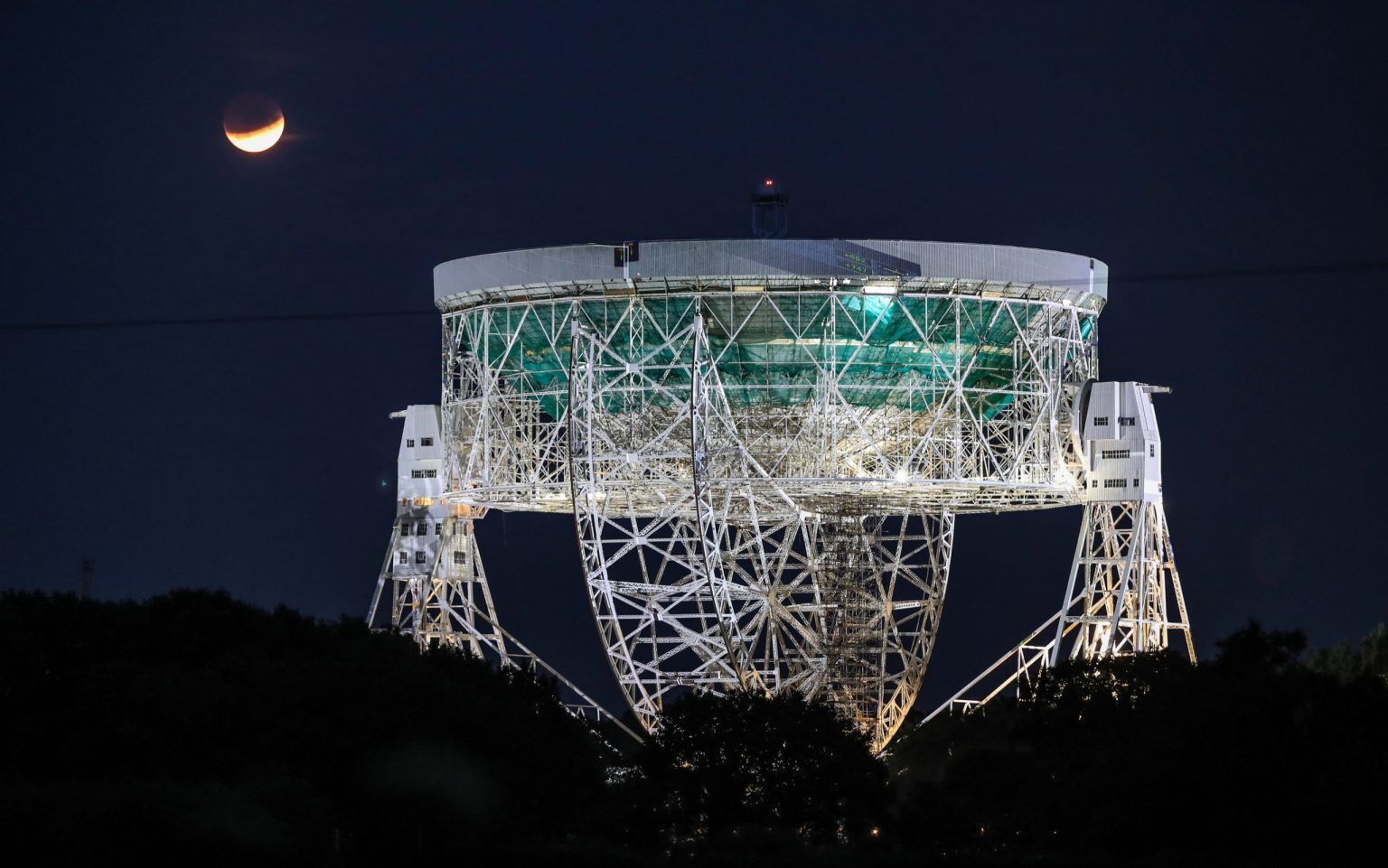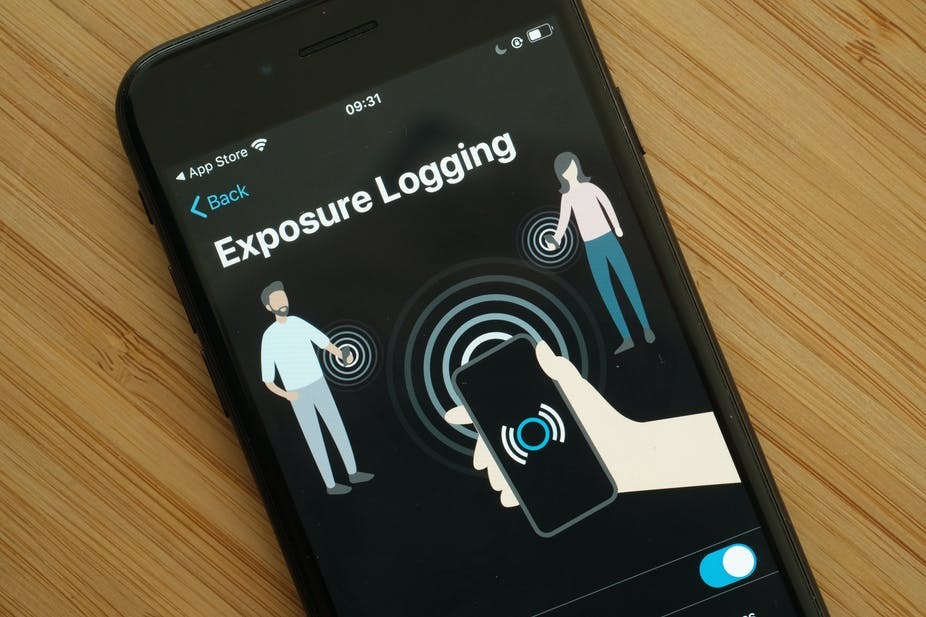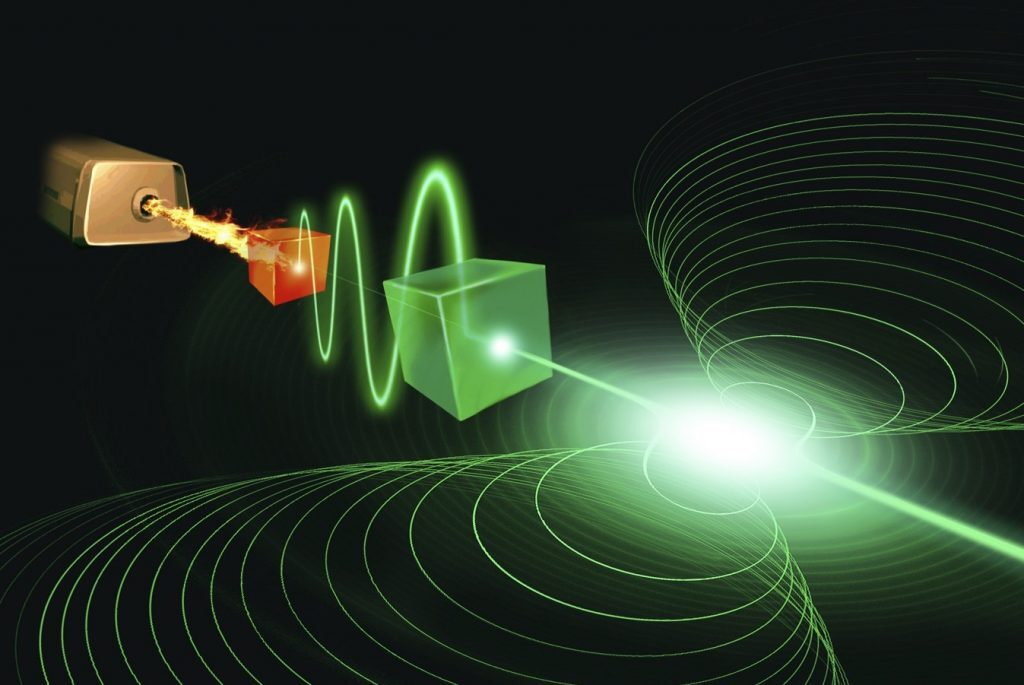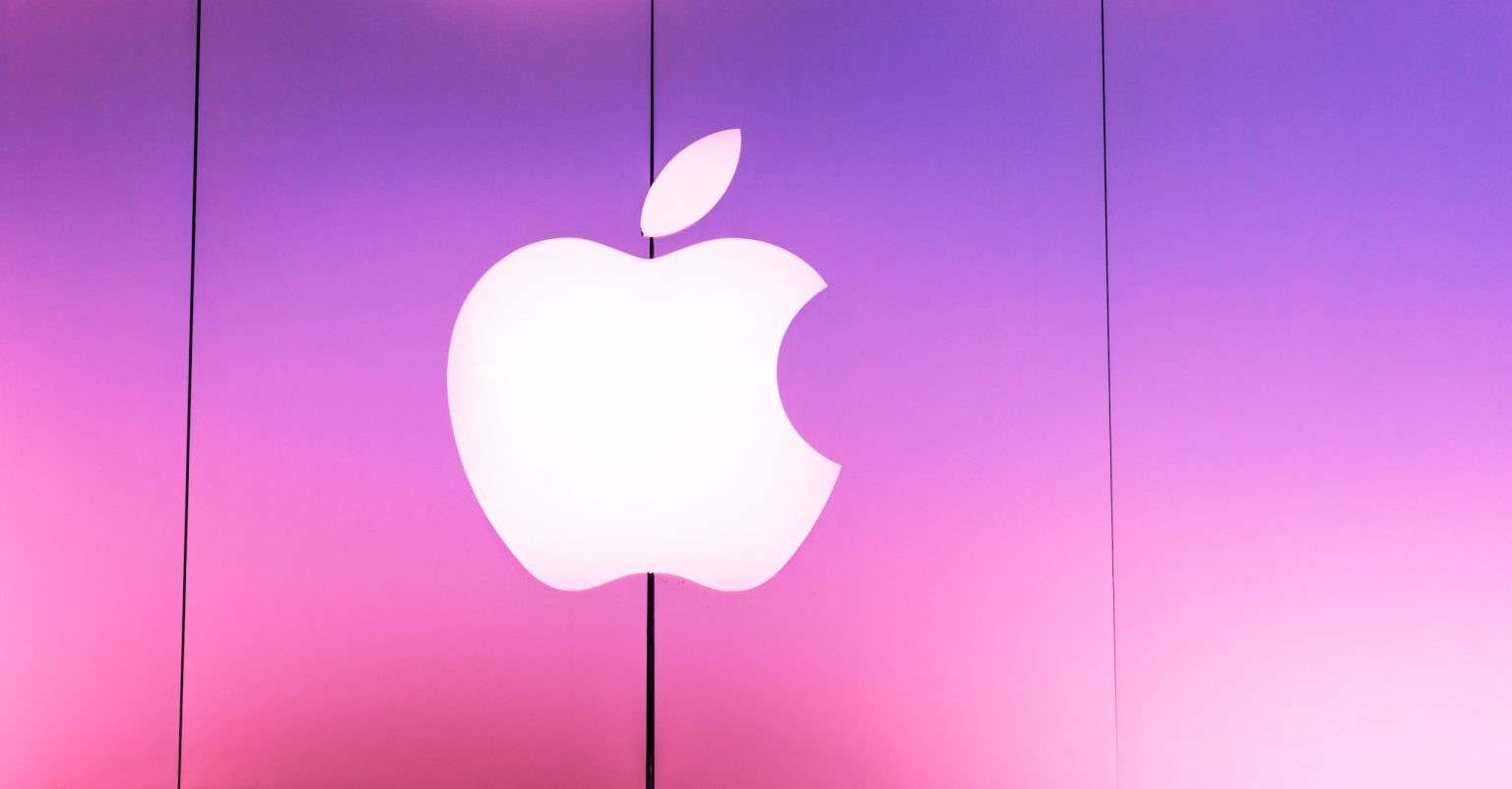Many professionals, including academics, are accustomed to flying a lot. Or they were before COVID-19 drastically reduced air travel and disrupted conference plans globally. For now, the mingling of many people in hotel conference rooms, flown in from many places, isn’t an option. Conferences are increasingly being organized online. What this should look like and what changes it implies for the nature of professional networks and knowledge-sharing remains to be seen. But smart design choices can translate into significant gains in the sustainability, accessibility and the insights people can gain from conferences in the COVID-19 era and beyond. Online conferencing provides new opportunities…
Author: The Conversation
We were used to consuming architecture – both near to home and far away – with ease. But this year, our travel wings severed, heritage sites found themselves scrambling to hasten their digital aspirations. Marcel Proust famously imagined one day travel might be possible without needing to voyage to “strange lands” but through “possessing other eyes”. In 2020, this has become true: virtual reality has allowed audiences to stay put but engaged in architecture and historic buildings. From the comfort of our home, we can participate in a virtual guided tour of the English architect John Soane’s wondrous house and museum in the heart…
As you drive down the road leading to Jodrell Bank Observatory, a sign asks visitors to turn off their mobile phones, stating that the Lovell telescope is so powerful it could detect a phone signal on Mars. Radio telescopes are designed to be incredibly sensitive. To quote the legendary astronomer Carl Sagan, “The total amount of energy from outside the solar system ever received by all the radio telescopes on the planet Earth is less than the energy of a single snowflake striking the ground.” The total energy now is probably a few snowflakes’ worth, but nevertheless it is still…
About a year ago I began to follow my interest in health and fitness on Instagram. Soon I began to see more and more fitness-related accounts, groups, posts and ads. I kept clicking and following, and eventually my Instagram became all about fit people, fitness and motivational material, and advertisements. Does this sound familiar? While the algorithms and my brain kept me scrolling on the endless feeds, I was reminded of what digital marketers like to say: “Money is in the list.” That is, the more customized your group, people and page follows, the less time and money is needed…
The most effective way to stop the spread of a virus is to prevent contact with everyone who is infected. Those who are infected can be isolated and treated if necessary. To determine who they are, it’s necessary to actively look for and manage cases, using track and trace technology. During the COVID-19 pandemic, emerging technologies are being repurposed to help trace whoever has been in contact with an infected person. Some of these technologies, such as the Global Positioning System (GPS), wi-fi and Bluetooth, are not new. GPS has been used to find accident victims at precise geographic locations. Some…
Every day, Americans travel on roads, bridges and highways without considering the safety or reliability of these structures. Yet much of the transportation infrastructure in the U.S. is outdated, deteriorating and badly in need of repair. Of the 614,387 bridges in the U.S., for example, 39% are older than their designed lifetimes, while nearly 10% are structurally deficient, meaning they could begin to break down faster or, worse, be vulnerable to catastrophic failure. The cost to repair and improve nationwide transportation infrastructure ranges from nearly US$190 billion to almost $1 trillion. Repairing U.S. infrastructure costs individual households, on average, about $3,400 every year. Traffic congestion alone…
As new social restrictions are imposed to combat the spread of COVID-19, it will be no surprise if people once again turn to their television screens for entertainment and companionship. In the UK, as the days turn darker and colder, popular shows including The Great British Bake Off and Strictly Come Dancing have made welcome returns, providing comfort and familiarity. But along with the old favourites, our research shows how winter TV watching may be different this year. In May, we interviewed people about how COVID-19 was affecting their television watching. What we found helps to explain why TV viewing surged during lockdown and…
Lasers were created 60 years ago this year, when three different laser devices were unveiled by independent laboratories in the United States. A few years later, one of these inventors called the unusual light sources “a solution seeking a problem”. Today, the laser has been applied to countless problems in science, medicine and everyday technologies, with a market of more than US$11 billion per year. A crucial difference between lasers and traditional sources of light is the “temporal coherence” of the light beam, or just coherence. The coherence of a beam can be measured by a number C, which takes into account the fact light…
If the coronavirus pandemic has shown us anything, it’s just how much people depend on a few large technology companies. The use of mobile apps and web services has increased significantly in recent years, as people adapted to new ways to stay in touch. At the same time though, antitrust regulators in the US and Europe have been taking a much closer look as part of a growing desire to investigate the dominance of some large players in the technology market. One of the issues is the amount of control that platform operators have over significant parts of the economy, and their ability to act as “gatekeepers” to…
Imagine that you upload a photograph of yourself on holiday to your favourite social media platform. You are dressed in a swimsuit and you are smiling at the camera. Now imagine later coming across this image while scrolling through your newsfeed. You recognise your face and the background and it looks like your photo, but in this image, you are completely naked. There are some inconsistencies – you do not recognise the body in the image – but it is convincing nonetheless. This might sound like a scene from a Black Mirror episode but is in fact a real possibility…


